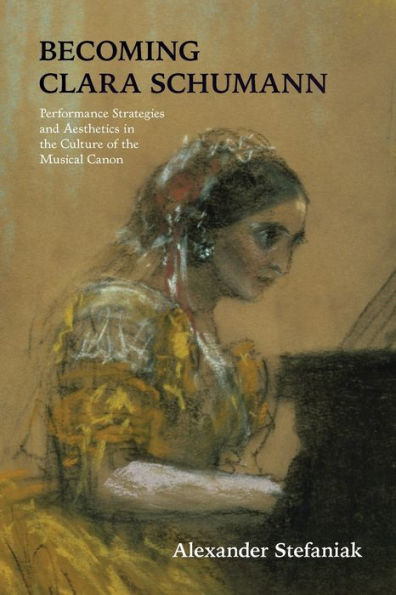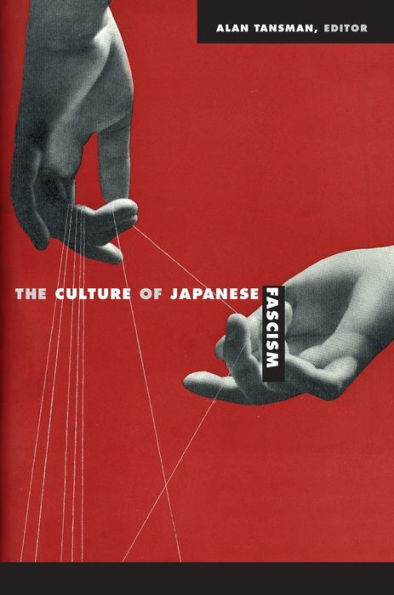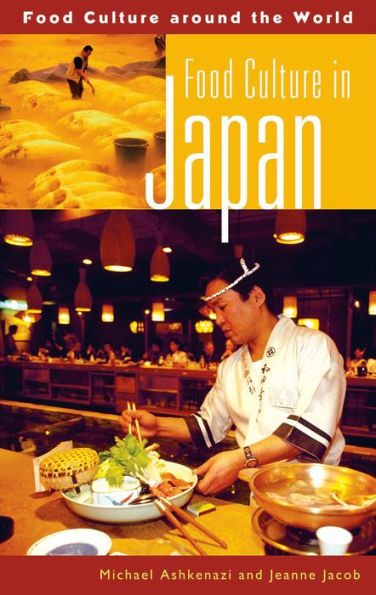Home
Passionate Friendship: The Aesthetics of Girl's Culture Japan
Barnes and Noble
Loading Inventory...
Passionate Friendship: The Aesthetics of Girl's Culture Japan
Current price: $60.00

Barnes and Noble
Passionate Friendship: The Aesthetics of Girl's Culture Japan
Current price: $60.00
Loading Inventory...
Size: Hardcover
*Product information may vary - to confirm product availability, pricing, shipping and return information please contact Barnes and Noble
Shojo manga
are romance comics for teenage girls. Characterized by a very dense visual style, featuring flowery backgrounds and big-eyed, androgynous boys and girls, it is an extremely popular and prominent genre in Japan. Why is this genre so appealing? Where did it come from? Why do so many of the stories feature androgynous characters and homosexual romance?
Passionate Friendship
answers these questions by reviewing Japanese girls’ print culture from its origins in 1920s and 1930s girls’ literary magazines to the 1970s “revolution”
shojo manga,
when young women artists took over the genre. It looks at the narrative and aesthetic features of girls’ literature and illustration across the twentieth century, both pre- and postwar, and discusses how these texts addressed and formed a reading community of girls, even as they were informed by competing political and social ideologies.
The author traces the development of girls’ culture in pre–World War II magazines and links it to postwar teenage girls’ comics and popular culture. Within this culture, as private and cloistered as the schools most readers attended, a discourse of girlhood arose that avoided heterosexual romance in favor of “S relationships,” passionate friendships between girls. This preference for homogeneity is echoed in the postwar genre of boys’ love manga written for girls. Both prewar S relationships and postwar boys’ love stories gave girls a protected space to develop and explore their identities and sexuality apart from the pressures of a patriarchal society.
offered to a reading community of girls a place to share the difficulties of adolescence as well as an alternative to the image of girls purveyed by the media to boys and men.
Passionate Friendship’
s close literary and visual analysis of modern Japanese girls’ culture will appeal to a wide range of readers, including scholars and students of Japanese studies, gender studies, and popular culture.
are romance comics for teenage girls. Characterized by a very dense visual style, featuring flowery backgrounds and big-eyed, androgynous boys and girls, it is an extremely popular and prominent genre in Japan. Why is this genre so appealing? Where did it come from? Why do so many of the stories feature androgynous characters and homosexual romance?
Passionate Friendship
answers these questions by reviewing Japanese girls’ print culture from its origins in 1920s and 1930s girls’ literary magazines to the 1970s “revolution”
shojo manga,
when young women artists took over the genre. It looks at the narrative and aesthetic features of girls’ literature and illustration across the twentieth century, both pre- and postwar, and discusses how these texts addressed and formed a reading community of girls, even as they were informed by competing political and social ideologies.
The author traces the development of girls’ culture in pre–World War II magazines and links it to postwar teenage girls’ comics and popular culture. Within this culture, as private and cloistered as the schools most readers attended, a discourse of girlhood arose that avoided heterosexual romance in favor of “S relationships,” passionate friendships between girls. This preference for homogeneity is echoed in the postwar genre of boys’ love manga written for girls. Both prewar S relationships and postwar boys’ love stories gave girls a protected space to develop and explore their identities and sexuality apart from the pressures of a patriarchal society.
offered to a reading community of girls a place to share the difficulties of adolescence as well as an alternative to the image of girls purveyed by the media to boys and men.
Passionate Friendship’
s close literary and visual analysis of modern Japanese girls’ culture will appeal to a wide range of readers, including scholars and students of Japanese studies, gender studies, and popular culture.
Shojo manga
are romance comics for teenage girls. Characterized by a very dense visual style, featuring flowery backgrounds and big-eyed, androgynous boys and girls, it is an extremely popular and prominent genre in Japan. Why is this genre so appealing? Where did it come from? Why do so many of the stories feature androgynous characters and homosexual romance?
Passionate Friendship
answers these questions by reviewing Japanese girls’ print culture from its origins in 1920s and 1930s girls’ literary magazines to the 1970s “revolution”
shojo manga,
when young women artists took over the genre. It looks at the narrative and aesthetic features of girls’ literature and illustration across the twentieth century, both pre- and postwar, and discusses how these texts addressed and formed a reading community of girls, even as they were informed by competing political and social ideologies.
The author traces the development of girls’ culture in pre–World War II magazines and links it to postwar teenage girls’ comics and popular culture. Within this culture, as private and cloistered as the schools most readers attended, a discourse of girlhood arose that avoided heterosexual romance in favor of “S relationships,” passionate friendships between girls. This preference for homogeneity is echoed in the postwar genre of boys’ love manga written for girls. Both prewar S relationships and postwar boys’ love stories gave girls a protected space to develop and explore their identities and sexuality apart from the pressures of a patriarchal society.
offered to a reading community of girls a place to share the difficulties of adolescence as well as an alternative to the image of girls purveyed by the media to boys and men.
Passionate Friendship’
s close literary and visual analysis of modern Japanese girls’ culture will appeal to a wide range of readers, including scholars and students of Japanese studies, gender studies, and popular culture.
are romance comics for teenage girls. Characterized by a very dense visual style, featuring flowery backgrounds and big-eyed, androgynous boys and girls, it is an extremely popular and prominent genre in Japan. Why is this genre so appealing? Where did it come from? Why do so many of the stories feature androgynous characters and homosexual romance?
Passionate Friendship
answers these questions by reviewing Japanese girls’ print culture from its origins in 1920s and 1930s girls’ literary magazines to the 1970s “revolution”
shojo manga,
when young women artists took over the genre. It looks at the narrative and aesthetic features of girls’ literature and illustration across the twentieth century, both pre- and postwar, and discusses how these texts addressed and formed a reading community of girls, even as they were informed by competing political and social ideologies.
The author traces the development of girls’ culture in pre–World War II magazines and links it to postwar teenage girls’ comics and popular culture. Within this culture, as private and cloistered as the schools most readers attended, a discourse of girlhood arose that avoided heterosexual romance in favor of “S relationships,” passionate friendships between girls. This preference for homogeneity is echoed in the postwar genre of boys’ love manga written for girls. Both prewar S relationships and postwar boys’ love stories gave girls a protected space to develop and explore their identities and sexuality apart from the pressures of a patriarchal society.
offered to a reading community of girls a place to share the difficulties of adolescence as well as an alternative to the image of girls purveyed by the media to boys and men.
Passionate Friendship’
s close literary and visual analysis of modern Japanese girls’ culture will appeal to a wide range of readers, including scholars and students of Japanese studies, gender studies, and popular culture.

















